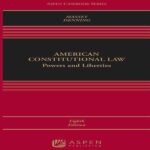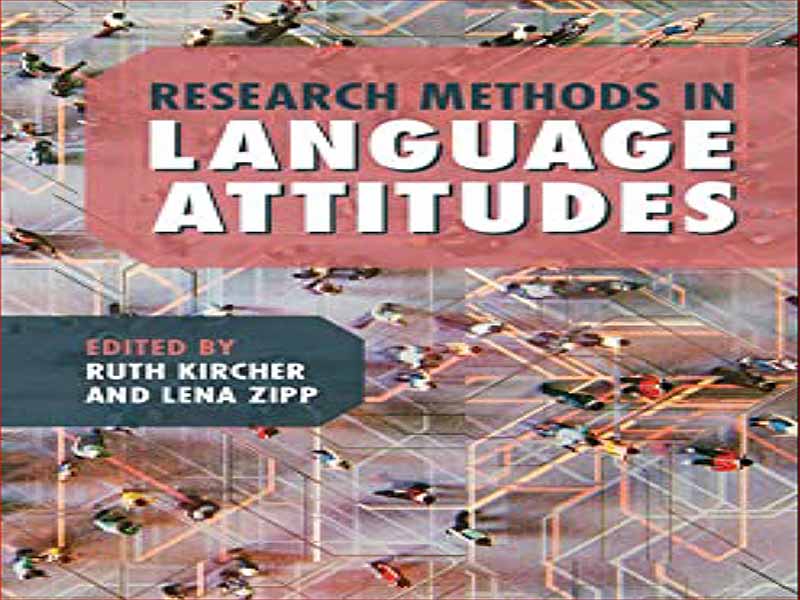- عنوان کتاب: Research Methods in Language Attitudes
- نویسنده: Laura-Zipp
- حوزه: زبان شناسی
- سال انتشار: 2022
- تعداد صفحه: 431
- زبان اصلی: انگلیسی
- نوع فایل: pdf
- حجم فایل: 5.58 مگابایت
نگرش های زبانی حداقل از اوایل دهه 1930 مورد توجه محققان علوم رفتاری و اجتماعی و همچنین علوم انسانی بوده است (به عنوان مثال Pear 1931؛ Bloomfield 1933). از آن زمان، آنها به بخشی جدایی ناپذیر از روانشناسی اجتماعی زبان، جامعه شناسی زبان، زبان شناسی اجتماعی، زبان شناسی کاربردی و مطالعات ارتباطات تبدیل شده اند. همانطور که پیشگفتار هوارد گیلز برای این جلد نشان میدهد، دهههای اخیر شاهد گسترش قابلتوجه مطالعات نگرشهای زبانی بودهایم – و در شرایط کنونی جهانیسازی و مهاجرت به سرعت در حال افزایش، جایی که تماس با گروههای زبانی مختلف در حال تبدیل شدن به یک هنجار برای افراد بیشتر و بیشتر است. جوامع، چنین تحقیقاتی اهمیت بیشتری پیدا می کند. با توجه به ماهیت بسیار بین رشته ای مطالعه نگرش های زبانی، یکی از قابل توجه ترین روندها در سال های اخیر، توافق رو به رشد بین محققان است که “لقاح متقابل مطلوب است” هم در تئوری و هم در عمل (Dewaele 2009: 186). بنابراین، هدف این کتاب تشویق به تحقیق در مورد نگرش های زبانی و تسهیل مبادلات بین رشته ای با ارائه یک نمای کلی از سه نوع روشی است که از طریق آنها می توان نگرش های زبانی را بررسی کرد: تحلیل رفتار اجتماعی زبان (قسمت اول)، روش های مستقیم استخراج نگرش (قسمت 2) و روش های غیرمستقیم برانگیختن نگرش (بخش 3). برخی از روشهای موجود در اینجا قبلاً در نشریات دیگری از یک رشته یا رشته دیگر مورد بحث قرار گرفتهاند، اما با درجات مختلف از جزئیات و مقادیر متفاوت آموزش (مانند اوپنهایم 2000؛ گرت و همکاران 2003؛ گرت 2010). برای دیگران، این کتاب اولین باری است که از منظر روش شناختی مورد توجه قرار می گیرد. برای همه این روشها، اولین بار است که در قالب جلدی مانند این گرد هم میآیند، که منحصراً بر نگرشهای زبانی تمرکز دارد، هر سه نوع روش را در بر میگیرد و دستورالعملهای گستردهای در مورد تکنیکهای جمعآوری و تجزیه و تحلیل دادهها ارائه میدهد. علاوه بر این، این کتاب از این جهت بدیع است که شامل یک بخش کامل است که مهمترین مسائل فراگیر در تحقیق نگرشهای زبانی را پوشش میدهد، بنابراین راهنماییهای عملی کلیدی را ارائه میکند که فراتر از روشهای فردی است (قسمت 4).
Language attitudes have been of great interest to researchers in the behavioural and social sciences as well as the humanities since at least the early 1930s (e.g. Pear 1931; Bloomfield 1933). Since then, they have become an integral part of the social psychology of language, the sociology of language, sociolinguistics, applied linguistics, and communication studies. As Howard Giles’ Foreword to this volume shows, recent decades have seen a remarkable proliferation of language attitudes studies – and in the current context of rapidly increasing globalisation and migration, where contact with different linguistic groups is becoming the norm for more and more individuals and communities, such research is gaining even greater importance. Given the highly interdisciplinary nature of the study of language attitudes, one of the most notable trends in recent years has been the growing agreement among researchers that ‘cross-fertilization is desirable’ in both theory and practice (Dewaele 2009: 186). This book thus aims to encourage language attitudes research and facilitate interdisciplinary exchanges by providing a comprehensive overview of the three types of methods by means of which language attitudes can be investigated: the analysis of the societal treatment of language (Part 1), direct methods of attitude elicitation (Part 2), and indirect methods of attitude elicitation (Part 3). Some of the methods included here have previously been discussed in other publications from one discipline or another, but with different degrees of detail and varying amounts of instruction (e.g. Oppenheim 2000; Garrett et al. 2003; Garrett 2010); for others, this book constitutes the very first time they are being considered from a methodological point of view. For all of these methods, it is the first time they are brought together in the form of a volume like this, which focuses exclusively on language attitudes, encompasses all three types of methods, and offers extensive instructions on data collection and analysis techniques. Moreover, this book is novel in that it includes an entire section that covers the most significant overarching issues in language attitudes research, thereby presenting key practical guidance which goes beyond individual methods (Part 4).
این کتاب را میتوانید از لینک زیر بصورت رایگان دانلود کنید:
Download: Research Methods in Language Attitudes



































نظرات کاربران